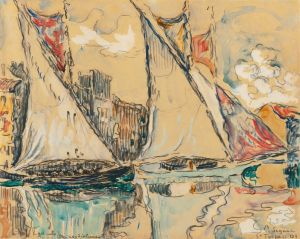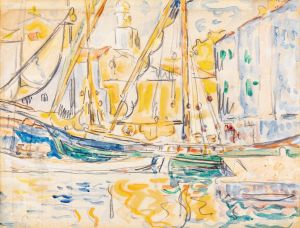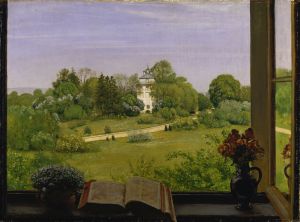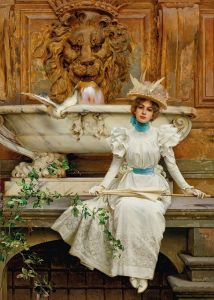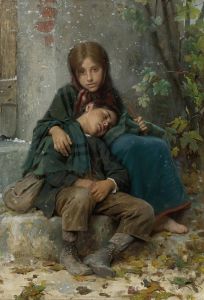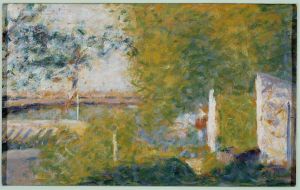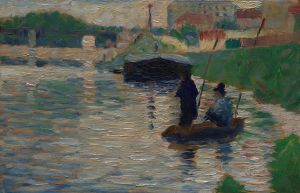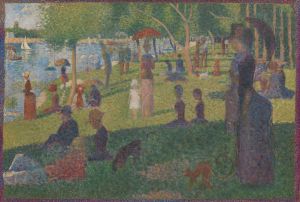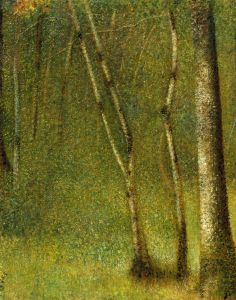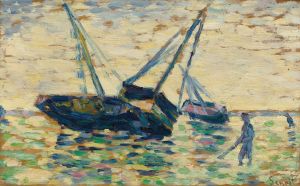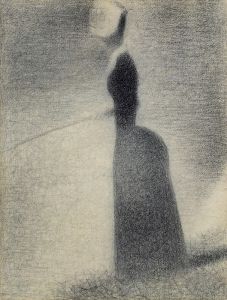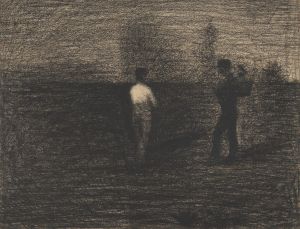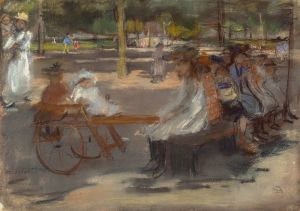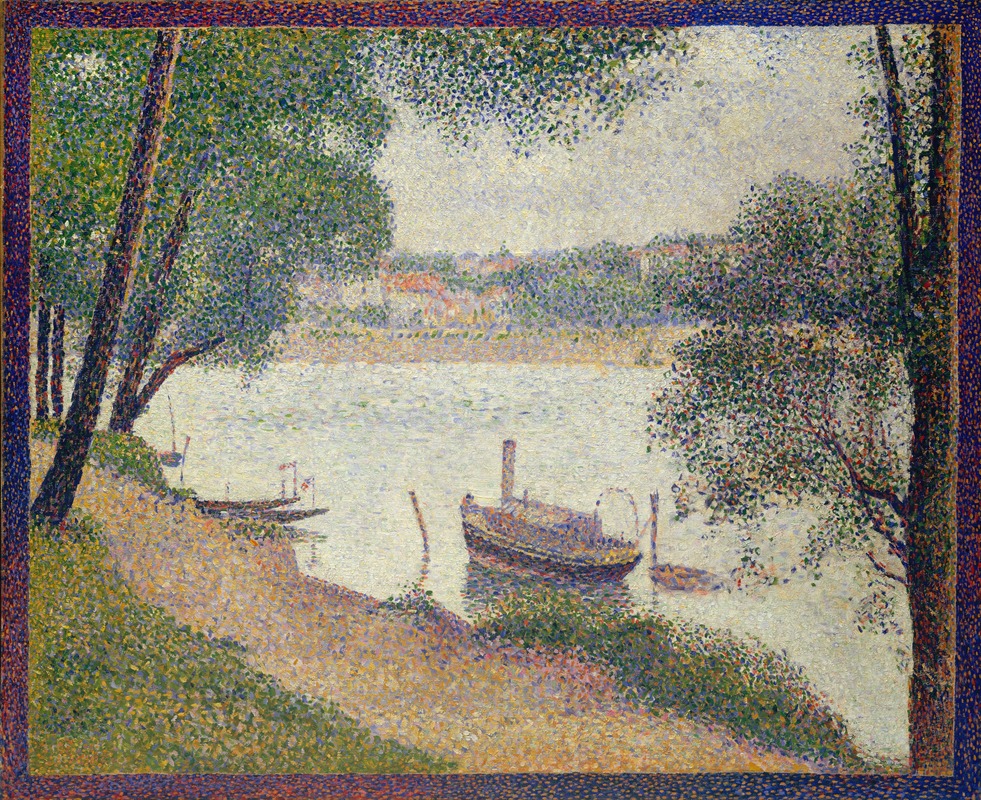
Gray Weather, Grande Jatte
A hand-painted replica of Georges Seurat’s masterpiece Gray Weather, Grande Jatte, meticulously crafted by professional artists to capture the true essence of the original. Each piece is created with museum-quality canvas and rare mineral pigments, carefully painted by experienced artists with delicate brushstrokes and rich, layered colors to perfectly recreate the texture of the original artwork. Unlike machine-printed reproductions, this hand-painted version brings the painting to life, infused with the artist’s emotions and skill in every stroke. Whether for personal collection or home decoration, it instantly elevates the artistic atmosphere of any space.
"Gray Weather, Grande Jatte" is a painting by the French artist Georges Seurat, known for his pioneering techniques in the development of the Pointillism movement. Seurat, born in 1859, was a key figure in the post-impressionist movement, and his work often focused on the scientific study of color and light.
This particular painting, "Gray Weather, Grande Jatte," was completed in 1886. It is one of several works by Seurat that depict the Île de la Grande Jatte, a small island on the River Seine in the suburbs of Paris. This location was a popular leisure destination for Parisians in the late 19th century and served as the setting for Seurat's most famous painting, "A Sunday Afternoon on the Island of La Grande Jatte."
"Gray Weather, Grande Jatte" captures a more subdued and atmospheric view of the island compared to the vibrant and bustling scene in "A Sunday Afternoon." The painting measures approximately 28 1/2 x 35 1/2 inches (72.4 x 90.2 cm) and is executed in oil on canvas. Seurat's technique in this work involves the meticulous application of small dots of color, a hallmark of Pointillism, which he developed alongside fellow artist Paul Signac.
The painting's palette is dominated by muted tones of gray, blue, and green, reflecting the overcast weather conditions suggested by the title. The composition features a tranquil riverside scene with trees lining the bank and a few figures in the distance, creating a sense of calm and introspection. The use of Pointillism in this work demonstrates Seurat's interest in optical effects and the way colors interact with one another to create a cohesive image when viewed from a distance.
Seurat's approach to painting was heavily influenced by contemporary scientific theories on color and perception, particularly the work of Michel Eugène Chevreul and Ogden Rood. By applying these theories, Seurat sought to achieve greater luminosity and vibrancy in his paintings, despite the seemingly muted tones in "Gray Weather, Grande Jatte."
The painting is part of the collection at the Philadelphia Museum of Art, where it continues to be appreciated for its innovative technique and serene depiction of a familiar Parisian locale. Seurat's work, including "Gray Weather, Grande Jatte," has had a lasting impact on the art world, influencing subsequent generations of artists and contributing to the development of modern art movements.
In summary, "Gray Weather, Grande Jatte" exemplifies Georges Seurat's mastery of Pointillism and his dedication to exploring the scientific principles of color and light. Through this painting, Seurat offers viewers a contemplative glimpse of the Île de la Grande Jatte, capturing the subtle beauty of a gray day with precision and artistry.





